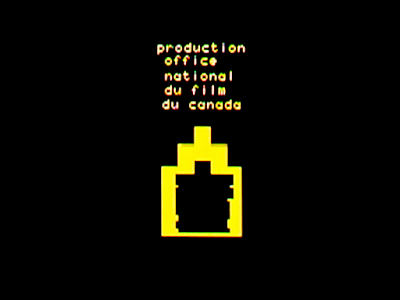Everybody has a record in them. It may not be a double album, it may not be any good, but it's there, waiting to be pulled out. The post punk era facilitated many such extractions, from eager and energetic boys and girls who spent a couple of hours and a few quid in a cheap local studio and committed the results to black plastic for future generations to blog about.
File Under Pop (full irony to be revealed) released a solitary 45, a three track effort where two of the tracks were recorded live at London Heathrow Airport. These tracks are not musical in any conventional sense, consisting of nothing but snatches of ambience, tinny tannoy announcements, overheard conversations and a series of unnerving inorganic noises including at least one electronic arcade game and what sounds like a witch being electrocuted. They are jarring, badly recorded and compressed to hell, and sound like a space age migraine. I went to Heathrow for the first time in 1978, and its escalators and beige and yellow modernity pretty much blew my ten year old mind, so I completely understand the appeal.There is a non-Heathrow track which is the only one where they sound like a 'band'. It consists of a spiky one minute guitar and bass riff over which someone reads quotes from newspapers about Mary Bell (a child who murdered another child) in a Lord Haw Haw voice. How was this not a hit?
The sleeve features a single light bulb in an otherwise darkened room, a common trope of the era, not least because it looked impressive in monochrome, the colour scheme de l'epoque being predominantly black, white and grey. The lonely light has an undeniably sinister feel, and speaks of tunnels, disused factories, musty cellars, torture chambers, nightmares. It is a light that accentuates the darkness around it rather than illuminating it.












